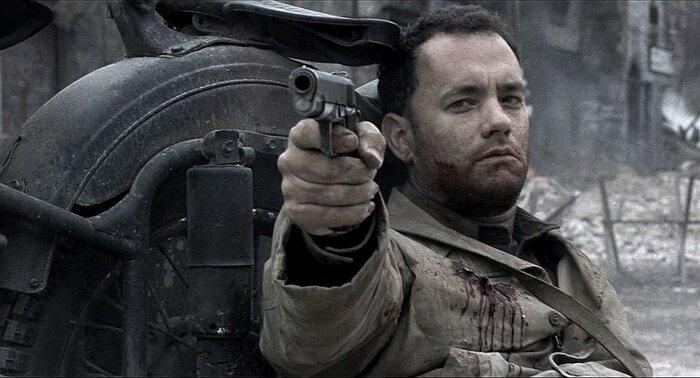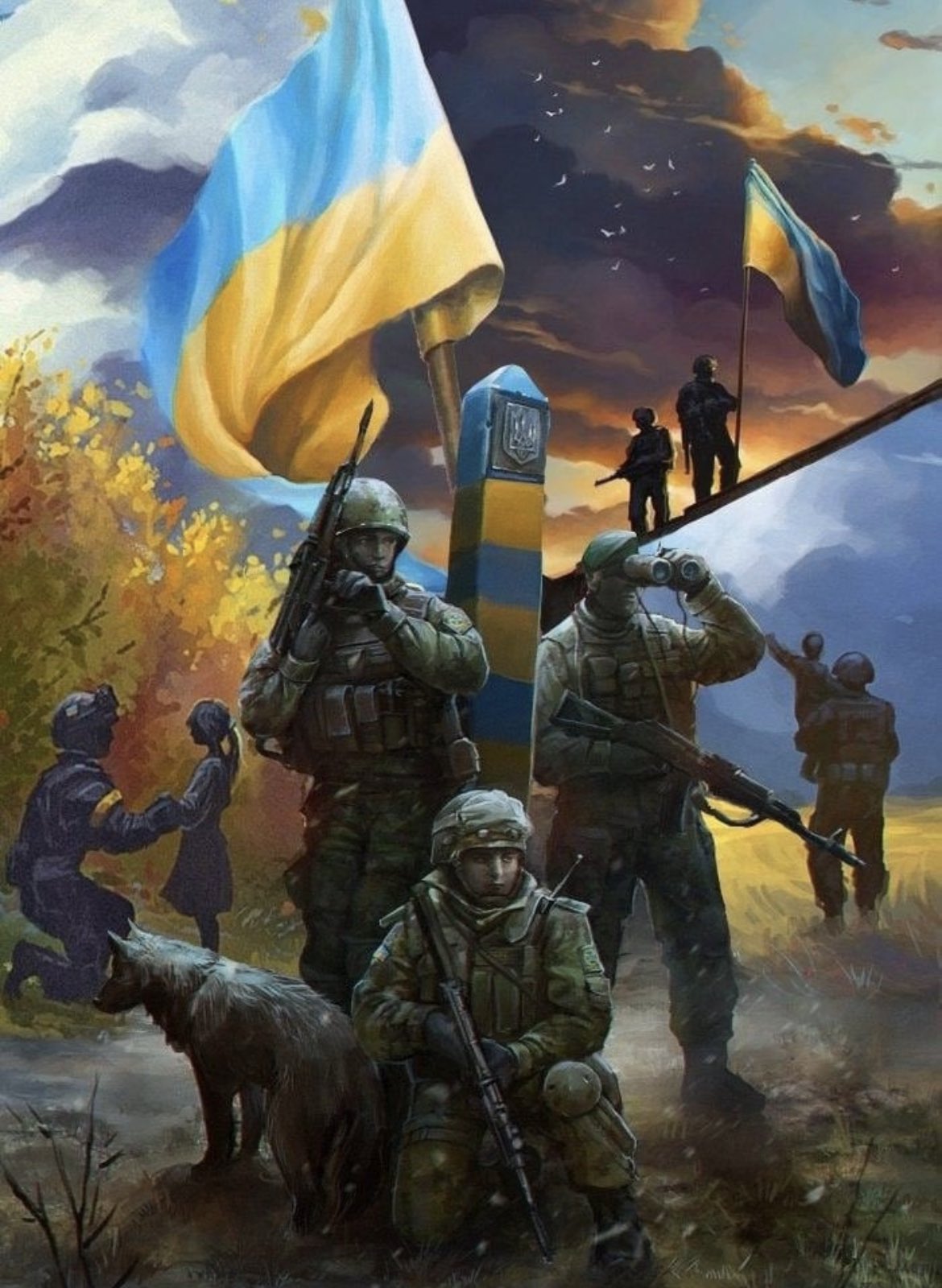
Leningrad blockade History. The military blockade of the Northern capital lasted from September 8, 1941 to January 27, 1944. The blockade ring was broken on January 18, 1943. Opponents from the German, Spanish, Finnish troops and the Italian naval forces took the city into a cordon, not allowing the Red Army. Leningrad did not have enough food and fuel to withstand the long siege. The only route of communication remained the route through Lake Ladoga, but this “road of life” was not able to provide the city’s residents with everything they needed. Siege winters and massive famine led to the death of one and a half million people.
‘We looked death in the face’ (1980) Director: Naum Birman. Plot. The film is based on true events. In March 1942, the former choreographer, and now the Red Army soldier Korbut (Oleg Dal) received from the political department the task of creating a dance group to raise the spirits of the Soviet troops. Korbut is looking for his students in besieged Leningrad, who can hardly stand on their feet from hunger, one of them dies before his eyes. The rehearsals are painful, but soon the teenagers give their first concert in front of the fighters.
‘To Save Leningrad’ (2019), directed by Alexey Kozlov. The plot tells how in the fall of 1941 several residents are trying to escape from the besieged city on a small barge, which is wrecked by a storm. The survivors need to hold out under the fire of enemy fighters.
‘Corridor of Immortality’ (2019), directed by Fyodor Popov. The film tells about a young girl who, risking her life, goes to the construction of the Shlisselburg highway. “Victory Road” was supposed to serve for the delivery of goods to besieged Leningrad.
‘Martha’s Line’ (2014), directed by Oleg Gaze. Mother and daughter move to a new place of residence – to an old apartment in St. Petersburg. There they find a letter from the distant blockade of 1942, in which the boy Yura confesses that he offended the girl Martha and did not manage to confess his love to her. The main characters are trying to find Martha.
Vietnam History. The Vietnam War is one of the largest conflicts that developed from 1955 until the fall of Saigon in 1975. The USA and the USSR were allies of South Vietnam, fighting against the North. Terrible events have affected neighboring countries – Laos and Cambodia.
‘Apocalypse Now’ (1979) Director: Francis Ford Coppola. Plot. The action takes place in 1969. Captain Benjamin Willard (Martin Sheen) receives a special mission: to find former American Army Colonel Walter Kurtz (Marlon Brando) in Cambodia. He is called a crazy deserter who now commands a group of locals in the jungle, and they worship him as a god. There are enough naturalistic fragments in the picture that show the ugliness of war and the distortion of human consciousness. The military seems to be ruled by madness.
‘Full Metal Jacket’ (1987), directed by Stanley Kubrick. The plot of the film covers the late 1960s. Marine Corps recruits are being trained for the Vietnam War. They go off to kill, asking themselves the question: “Isn’t war a hell?”
‘Platoon’ (1986), directed by Oliver Stone. In the story, Chris Taylor (Charlie Sheen) volunteered to serve on the border between Vietnam and Cambodia. He wanted to see with his own eyes what a real hell looks like, and with horror he realized that there are no right or wrong in the war, all the killers are on it.
‘The Deer Hunter’ (1978), directed by Michael Cimino. The film won five Oscars and tells the story of three Americans of Russian descent – their lives before, during and after the Vietnam War.
Holocaust and concentration camps History. For the extermination of people during the Second World War, the Third Reich created concentration camps. The common population, mostly Jews, was driven into places of mass confinement. Many prisoners died from bullying, medical experiments, hunger and inhuman living conditions. According to some reports, at least 11 million people died in concentration camps.
‘Life is Beautiful’ (1997) Director: Roberto Benigni. Plot. The Jew Guido (Roberto Benigni) wins the heart of teacher Dora (Nicoletta Braschi) with his sincerity and sense of humor. They become the parents of their son Giosué (Giorgio Cantarini). In Italy, the persecution of Jews begins, and the family is sent to a concentration camp. Upon arrival, the father explains to his son that they got into a very interesting game, you just need to follow some rules: do not complain, do not cry and do not ask for food. The winner will be awarded with a tank.
‘Schindler’s List’ (1993), directed by Steven Spielberg. The film tells how the German businessman Oskar Schindler (Liam Neeson) rescues over a thousand Polish Jews from death during the Holocaust. He organizes production in Krakow and employs Jews from the ghetto. Schindler spends all the money he earns on bribing Nazi officers who guard his production, and, according to the list, saves people from falling into a concentration camp.
‘The Pianist’ (2002), directed by Roman Polanski. The historical picture is based on the memoirs “The Death of the City” by the Polish-Jewish musician Vladislav Shpilman. One of the best pianists in Poland, Vladek (Adrien Brody), played the piano until the Nazis took over Warsaw. The Jews are herded into the ghetto, and then sent to the concentration camps to be burned by the death train. The pianist escapes, but his existence awaits him in an empty ghetto in hunger, cold and persecution.
‘The Boy in the Striped Pajamas’ (2008), directed by Mark Herman. The eight-year-old son of the concentration camp commandant Bruno befriends a young Jewish prisoner. Their communication leads to unpredictable consequences.
‘Inglorious Bastards’ (2009), directed by Quentin Tarantino. The picture was nominated for eight Oscars, received one. The film is a parody of war films that follows a group of Jewish American soldiers brutally massacring Nazis by killing and scalping soldiers.
Atomic explosions in Hiroshima and Nagasaki History. The inhabitants of the two cities of the Land of the Rising Sun experienced a real hell on earth. On August 6 and 9, 1945, the US Armed Forces dropped nuclear bombs on the densely populated cities of Japan. This was the final stage of the Second World War: Japan announced its surrender, and on September 2, 1945, the world bloodshed formally ended. The atomic bombing killed about 240 thousand people, and it is impossible to justify the bombing under any pretext.
‘The Destruction of Hiroshima and Nagasaki’ (2007) Director: Steven Okazaki. Plot. The film begins with a survey: What happened on August 6, 1945? None of the young Japanese could answer. Further, the surviving eyewitnesses talk about where they were in the first minutes of the explosion. The heroes of the film do not hide their tears when they remember the city streets and charred bodies. The story is accompanied by documentary footage of the effects of radiation. This film is focused more not on politics, but on the victims of that unthinkable and monstrous in its scale tragedy.
‘August Rhapsody’ (1991), directed by Akira Kurosawa. In the story, an elderly woman, Kane, spends the summer with her grandchildren in a house near the city of Nagasaki. 45 years ago, a nuclear bomb killed her husband. Her nephew Clarke (Richard Gere) flies to Nagasaki to attend the annual funeral ceremony. Three generations of the family wonder whether it was worth destroying the city to end World War II.
‘Hiroshima’ (2005), directed by Paul Wilshurst. The Air Force devoted the picture to the 60th anniversary of the atomic bombing and presents a reconstruction of those events over a period of three weeks.
‘Barefoot Gen’ (1976, 1977, 1980, 1983, 1986, 2007) exists in several versions of animated and fiction films. The plot was filmed based on the manga of the witness of the bombing – Keiji Nakazawa. Cartoons and paintings tell about the boy’s life before and after the atomic explosion in Hiroshima.
Norman operation in World War II History: Strategic Operation Overlord began on June 6 and ended on August 25, 1944. The landing of anti-Nazi troops took place in Normandy, after which the Allies crossed the Seine River, liberated Paris and continued their advance towards the French-German border. More than 3 million people participated in the operation, after which the Western Front was opened, which accelerated the victory in World War II.
‘Saving Private Ryan’ (1998) Director: Steven Spielberg. Plot. The old man’s memories take him back to the distant past – the beginning of the landing in Normandy in 1944 … Captain John Miller (Tom Hanks) receives a dangerous mission – to find Private James Ryan (Matt Damon) behind enemy lines. His three brothers were killed in the battles, and at least one Ryan must return to his inconsolable mother. In order to find and save a soldier, a detachment of eight people will have to go through all the circles of hell.
‘Brothers in Arms’ (2001), produced by Steven Spielberg and Tom Hanks. The mini-series follows the combat path of Easy Company, Airborne Regiment, US Airborne Division, from training at a training camp to landing in Normandy, participation in the Battle of Bastogne and other battles until the very end of World War II. The series won Emmy and Golden Globe awards.
‘The battalions are asking for fire’ (1985), directors Alexander Bogolyubov and Vladimir Chebotarev. The plot of the mini-series is based on one of the decisive stages of the Second World War when Soviet troops crossed the Dnieper in 1943. Two battalions must distract the Germans in order to facilitate the division’s breakthrough to the city of Dnieper.
‘Liberation’ (1969-1972), directed by Yuri Ozerov. The epic consists of five films. “Arc of Fire” tells about the Battle of Kursk, “Breakthrough” – about the liberation of Orel, Belgorod and Kharkov, “Direction of the main blow” covers the period from the Tehran conference to the beginning of the liberation of Poland, “Battle for Berlin” – about the main battle on the outskirts of Berlin, “The Last Assault” – about the last days of the war.
Pearl Harbor attack History. On Sunday morning, December 7, 1941, there was a surprise attack by Japanese carrier-based aircraft and Japanese submarines on American naval and air bases located on the island of Oahu (Hawaii) in the vicinity of Pearl Harbor. The attack was carried out by 353 aircraft, which destroyed hundreds of pieces of equipment and killed more than 2 thousand American soldiers. On that day, the United States declared war on Japan and entered World War II.
‘Pearl Harbor’ (2001) Director: Michael Bay. Plot. Childhood friends Rafe (Ben Affleck) and Danny (Josh Hartnett) become pilots of the US Army Air Corps. Rafe is in love with Nurse Evelyn (Kate Beckinsale), but the war is breaking them apart. Danny and Evelyn are united by the news that Rafe died in the Battle of Britain. Together they go to serve at the Pearl Harbor base. Rafe, rescued by French fishermen, arrives at an American base, where he tries to sort things out with his “sworn” friend. At this time, a surprise strike from the Japanese and huge losses of American troops are being prepared, then the bombing of Tokyo and captivity … Denny sacrifices himself to save Rafe.
‘For reasons of conscience’ (2016), directed by Mel Gibson. After the Japanese attack on Pearl Harbor, Doss enlists in the army as a military doctor. He refuses to take the rifle and becomes a pacifist.
‘Torah! Torah! Torah!’ (1970), directed by Richard Fleischer and Kinji Fukasaku. It describes the attack on Pearl Harbor, documentary inserts included. The title of the film is a symbolic signal that denotes a surprise attack.
‘From Now and Forever’ (1953), directed by Fred Zinnemann. The film received eight “Oscars” and tells about the everyday life of soldiers on the eve of the Japanese attack on the American fleet and aircraft.

























































Залишити відповідь